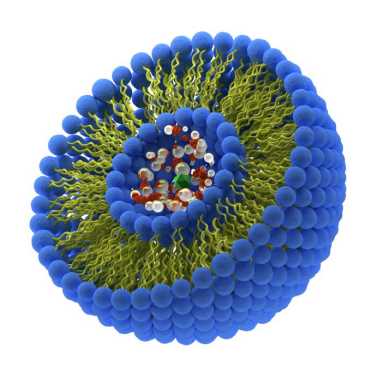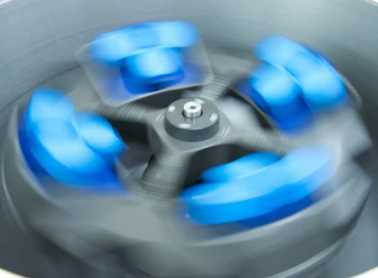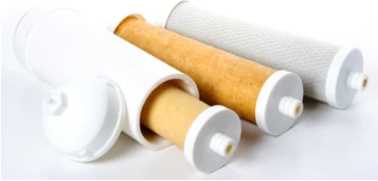Lifeasible has a variety of technologies and laboratory equipment to perform liposome encapsulation rate testing for our customers in various ways. Encapsulation rate testing allows us to assess the quality of liposomes for better liposome development quickly.
Liposomes are tiny bilayer vesicles that resemble the structure of biological membranes and are formed from natural or synthetic phospholipids in an aqueous solution. The advantages of liposomes include the following: small molecules encapsulated in liposomes can be transported intact to different tissues and cells and not released until the liposome is disrupted; the size, charge, and other properties of liposomes can be changed depending on the role the molecule needs to play; and they are biodegradable and non-immunogenic and non-toxic. The increasing use of liposomes makes their quality control more and more important. The commonly used indicators for liposome evaluation include morphology and size distribution, encapsulation rate, in vitro release, etc. Among them, the encapsulation rate is one of the critical indicators for liposome quality evaluation.

Encapsulation rate refers to the percentage of the total amount of encapsulated substances (e.g., small molecules) in liposomes. The liposome encapsulation rate is usually determined by separating the small molecules from the free small molecules and then calculating the concentration directly or indirectly by other methods. Lifeasible offers several ways to test the encapsulation rate of liposomes.
Dialysis uses the difference in molecular size of semi-permeable membranes to achieve separation by timely replacement of the external phase. This method is simple, accurate, and reproducible.
Ultracentrifugation uses the gravitational difference between free small molecules and liposomes containing small molecules to separate and calculate the encapsulation rate, which is suitable for submicron particles and can be used for sample concentration.

The commonly used chromatographic columns are dextran and agarose gel columns, which use the difference in relative molecular mass between liposomes and free small molecules for separation.
The mechanism of the cation exchange resin method is based on ion exchange; that is, as long as there are exchangeable ions on the surface of the substance, they can be captured by ion exchange resin, so both free small molecules and liposome fragments can be adsorbed and separated from small molecule-containing liposomes.
The ultrafiltration membrane filtration method uses the fact that free small molecules can pass through the membrane. In contrast, small molecule-containing liposomes are trapped in the membrane to separate free small molecules from liposomes.

If you are interested in our services and products, please do not hesitate to contact us anytime.